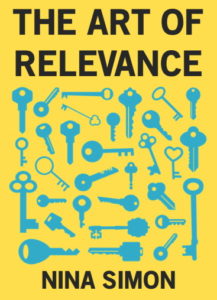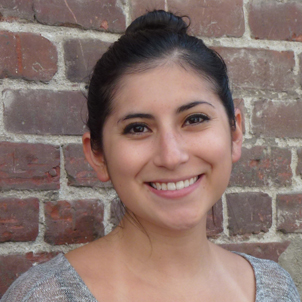
Mickie Torres-Gil
Architectural Historian and Preservation Planner
There’s a movement to refocus the preservation community, widening the scope beyond just the buildings to include intangible aspects like culture, landscapes, and neighborhoods. Preservationists need to change the image of the field so it’s not perceived as an elitist profession, available only to people who have lots of money to preserve things. We need to become more inclusive, telling the stories of more groups and getting more people to trust preservationists to tell their stories. The National Trust for Historic Preservation embraced the movement of diversifying preservation at its 2016 PastForward conference, held in Houston, TX, which I was able to attend this past November.
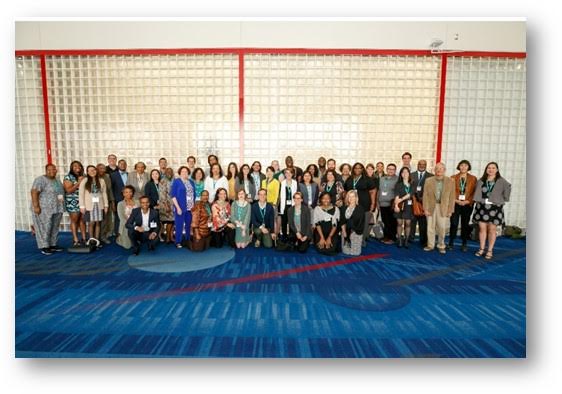
The 2017 Diversity Scholars at the George R. Brown Convention Center in Houston (National Trust for Historic Preservation, 2016)
One way to do this is to incorporate a broader audience, which includes young people. At the conference, I went to a panel for young professionals that featured three people who had either started a young preservationist group or were part of one. They talked about ways to engage younger people in preservation, including activities such as holding bike ride tours of their city and conducting workshops targeted toward young professionals.
One of the most inspiring presentations was a keynote speech given by Nina Simon, the executive director of the Santa Cruz Museum of Art & History. She recently published a book called The Art of Relevance, which explores how mission-driven organizations can become truly relevant to their communities. She was so interesting that I bought her book immediately after the session. (You can watch the video of her speech at http://forum.savingplaces.org/blogs/forum-online/2016/12/14/video-pastforward-2016-preservationplaces.) Ever since I got back from the conference, I’ve been thinking about how what she was saying applies to preservation.
When she was hired to direct the museum five years ago, it was about to go under. Since her hiring, the museum’s attendance has nearly quadrupled and its budget has more than doubled. Now, 92% of attendees are local, and they reflect the full age, income, and ethnic diversity of the county. “We changed our museum not by changing our building,” she said, “but by changing its purpose—by saying we exist to build a stronger and more connected community and we’re going to use art and history to do that.”
One phrase of hers really stuck with me: “Relevance is a key that unlocks meaning.” That’s what keeps people coming back. At the conference, this opened up a broader discussion about how we can achieve that in the preservation world. How can we become relevant to a wider range of people, including young people and members of different cultures? How can we get their stories out?
Of course, throughout the conference, there was informal discussion of the recent election results and what it means for the preservation community. There’s no more urgent time than now to get people’s stories out—especially the stories of those cultures and peoples who are underrepresented. Maybe preservation groups, especially large, influential ones like the National Trust, can no longer just preserve buildings. Maybe, they need to include more humanitarian efforts.
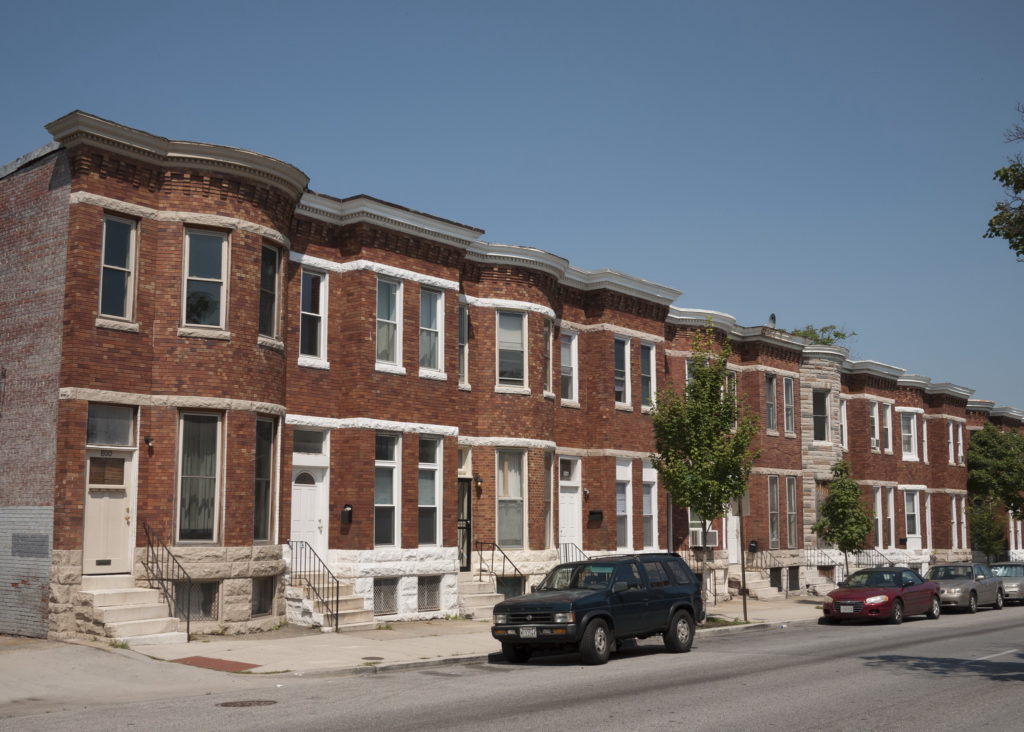
An example of rehabilitated row housing in Baltimore (Baltimore Heritage, www.flickr.com, 2014)
I attended a session on livability with three panelists, one of whom was a preservation planner in Baltimore. They talked about equality in preservation and how to make places inclusive and livable for people regardless of their cultural or socioeconomic background. I was surprised to learn that Baltimore has a very robust preservation program, with one of the highest numbers of landmarked buildings of any city in the US.
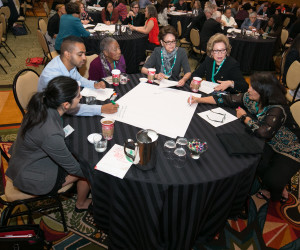
A group discussing ways to make preservation more inclusive in a World Café session (National Trust for Historic Preservation, 2016)
Baltimore’s planning department also has an equity committee, established to address systemic racial injustice in the city’s planning process. The committee has been talking about how to implement preservation practices in low-income areas, perhaps by designating districts that would make it possible to regulate some kinds of out-of-scale development or limit complete demolition without necessarily holding building owners to high, and often costly, preservation standards. Because full preservation may not be affordable, or it’s not a priority for the building owner because they’re just trying to get by.
My very presence at PastForward was assisted by the National Trust’s Diversity Scholarship Program, which supports leaders from underrepresented communities new to preservation and emerging preservation leaders by providing complimentary registration and lodging to attend the conference. It’s this kind of conscious effort on the part of existing organizations that will help to keep preservation alive, evolving, responding, and remaining relevant in an increasingly diverse world.

